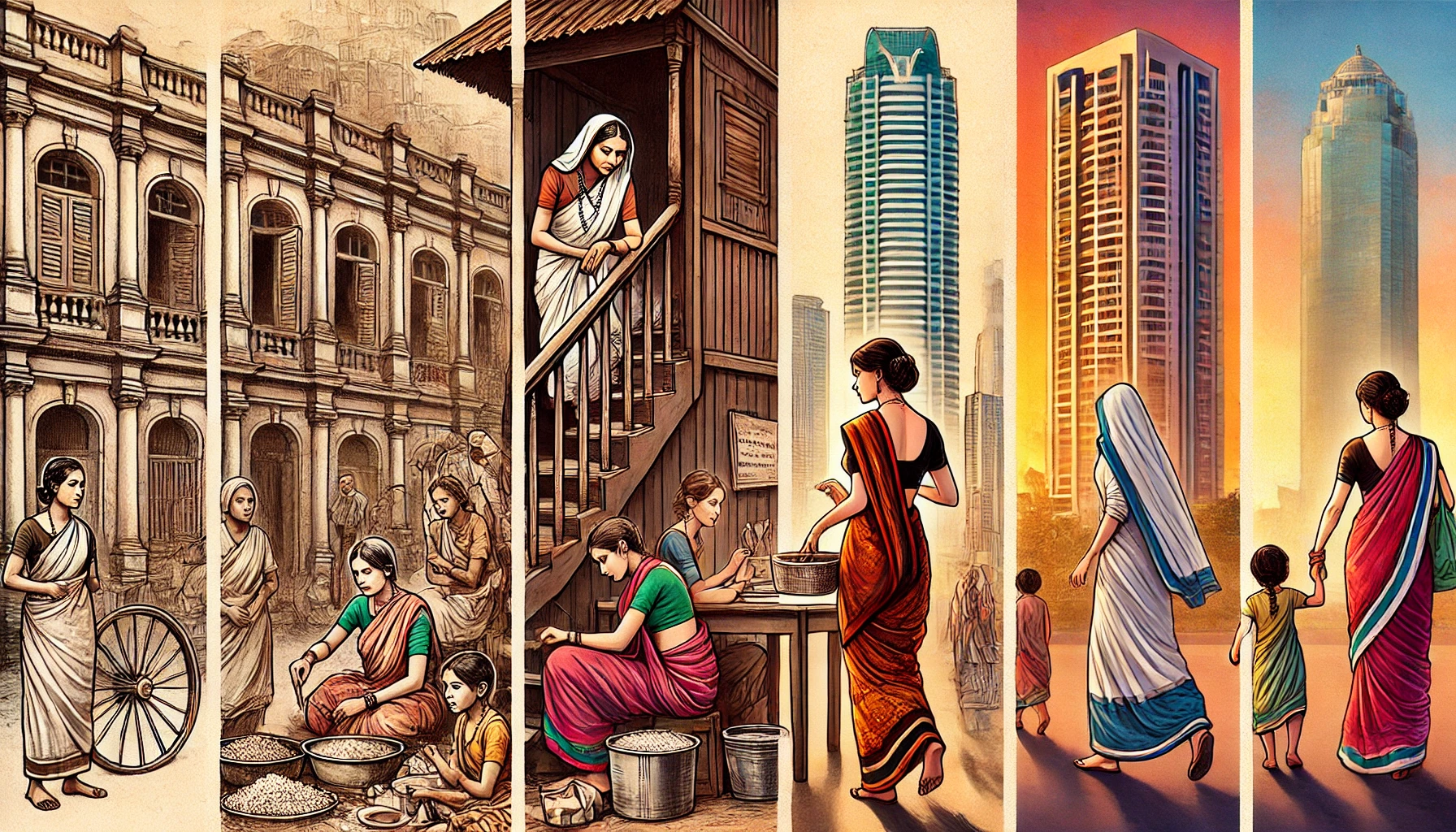The Partition of India in 1947 was a pivotal event that led to significant demographic shifts, particularly in Bengal. The division of the region into West Bengal (India) and East Pakistan (now Bangladesh) resulted in large-scale migrations, profoundly impacting the socio-economic fabric of the area. Among the most affected were women, many of whom were compelled to seek employment as domestic workers to support their families in the aftermath of displacement.
Historical Context: Partition and Migration
The Partition triggered a prolonged migration process in Bengal, characterized by a steady influx of refugees rather than a sudden mass movement. This gradual migration continued well into the decades following 1947, with many individuals, especially Hindus from East Bengal, relocating to West Bengal. The challenges faced by these migrants were multifaceted, encompassing loss of property, social dislocation, and economic hardship.
Emergence of Female Domestic Labour
In the wake of Partition, the traditional family structures in Bengal underwent significant changes. Many women, particularly refugees, entered the workforce to sustain their households. Domestic service, historically a male-dominated sector, began to see increased participation from women and girl children during this period. By 1981, while adult female domestic workers in Calcutta were slightly fewer than their male counterparts, girl children had already outnumbered boys in domestic service roles in both urban West Bengal and Calcutta. This shift can be attributed to the daily commuting of adult female domestic workers from surrounding districts to the city by the late 1970s.
Contemporary Scenario
Despite historically low female labour force participation rates, West Bengal has recently emerged as a significant source of female domestic labour in India. This trend underscores the enduring legacy of Partition and the socio-economic transformations that have shaped the region over the decades. The increasing demand for domestic workers in urban centers, coupled with limited employment opportunities in rural areas, has propelled many women from Bengal into domestic service roles across the country.
Conclusion
The trajectory of female domestic labour in Bengal, from the upheavals of Partition to the present day, reflects broader themes of resilience and adaptation. The historical circumstances that led women to enter domestic service continue to influence labour patterns in the region. Understanding this evolution is crucial for addressing the challenges faced by female domestic workers and formulating policies that promote their welfare and rights.



